Can you see the Orion Nebula with a telescope?
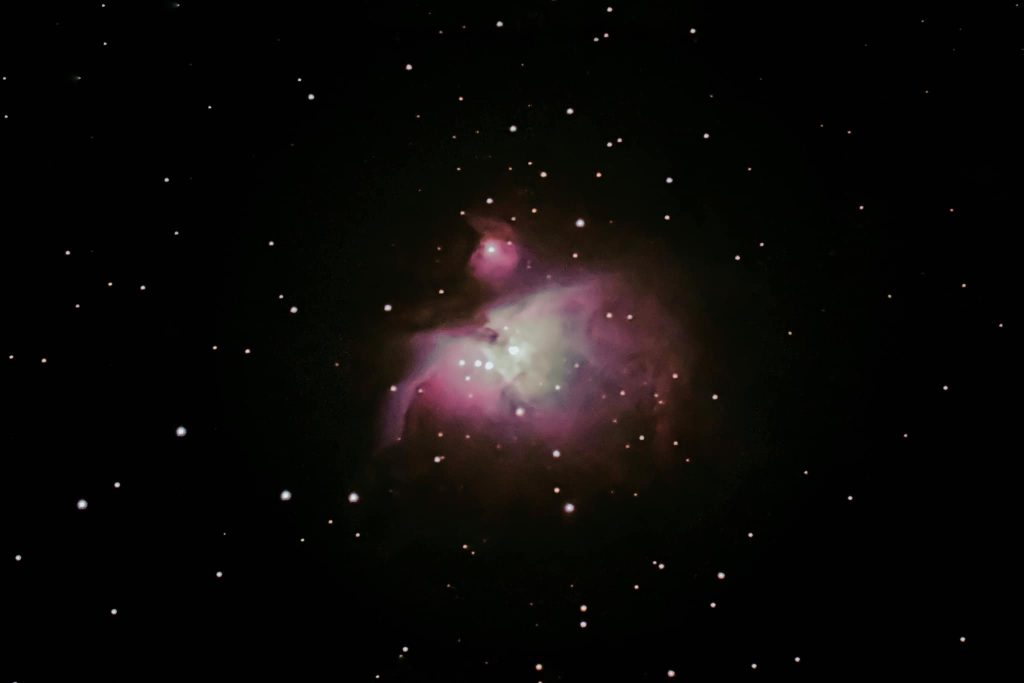
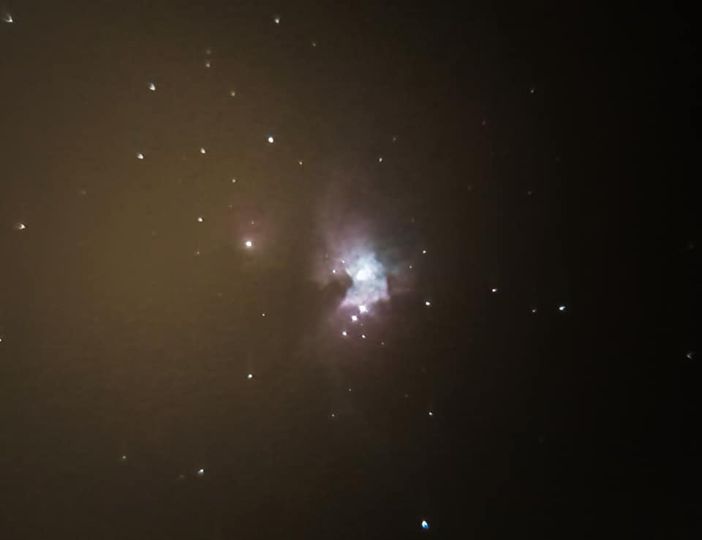
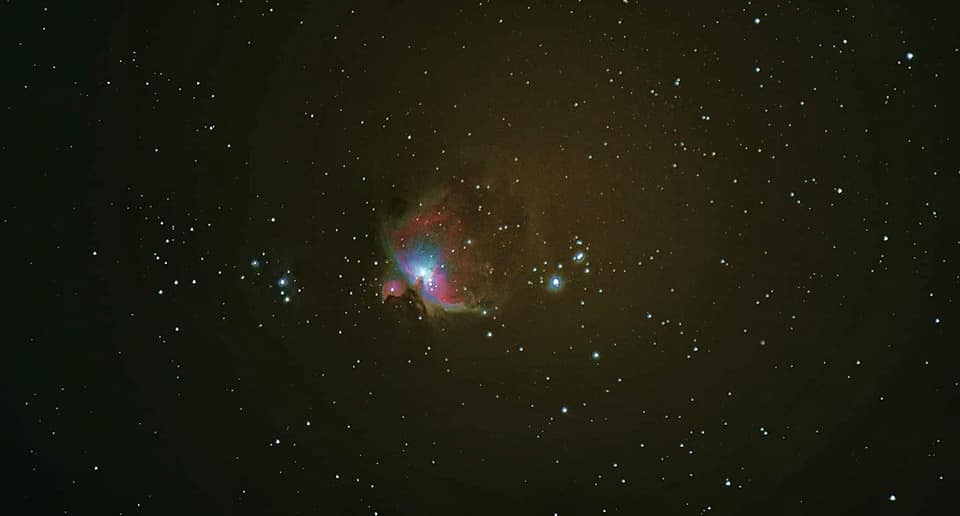
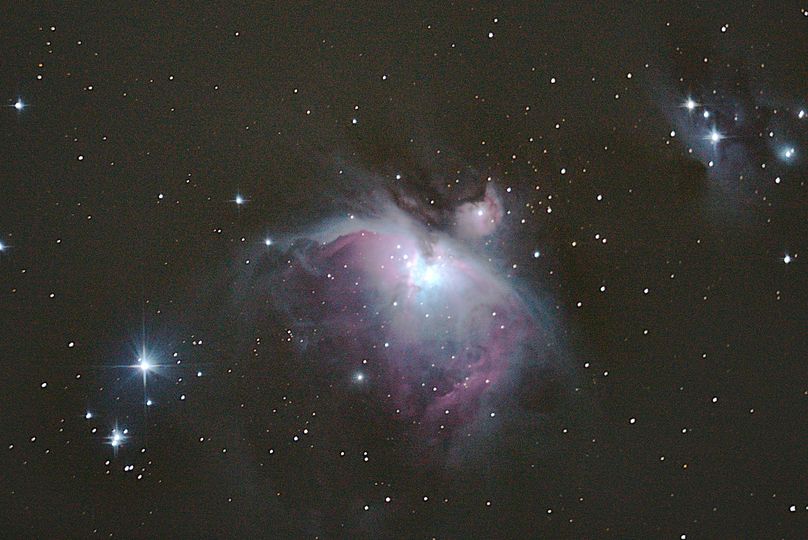
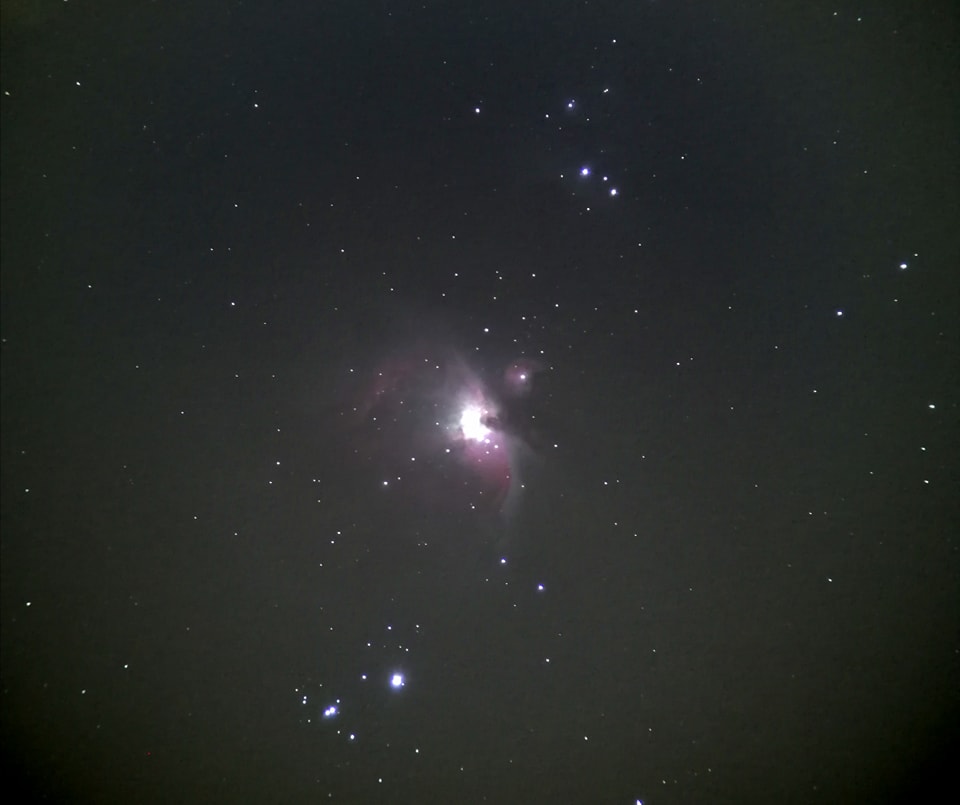
Orion Nebula can be observed through a telescope and is one of the easiest objects for beginners. The Orion Nebula is the closest star-forming region to Earth. Finding the Orion Nebula is easy as it lies within the famous Orion constellation. Although the Orion Nebula can be seen with the naked eye, especially in darker locations, a telescope provides a deeper view, revealing why amateur astronomers photograph M42 and why even the Hubble Space Telescope maintains a gallery dedicated to this most spectacular deep-sky object.

Can you see the Orion Nebula with a telescope?
Yes, you can see the Orion Nebula with a telescope. Orion Nebula, cataloged as M42 and NGC 1976, is a very bright magnitude 4 diffuse nebula 1,500 light-years away, making it the closest large star-forming region to Earth.
Any modest telescope, binoculars, or a 40-50 mm (1.57-1.97 in) finderscope under dark skies will show the nebula as a fuzzy “cotton ball” patch on the sky. A wide-field 30+ mm (1.18+ in) eyepiece frames it best, while lower-mm eyepieces like the Nagler 9 lets you zoom in.
A telescope provides a deeper view, revealing newborn stars and delicate dust lanes within this enormous stellar nursery, and the same spectacle is captured with a telephoto lens, a portable star tracker, or modest amateur equipment.

How to find the Orion Nebula with a telescope?
To find Orion Nebula with a telescope follow the instructions given below.
- Locate the Orion constellation
- Look just below Orion’s Belt for a fuzzy patch
- Use a 40-50mm finderscope to spot M42
Begin by stepping outside on any clear winter evening and letting your eyes adjust. Once the sky is dark, raise your gaze toward the bright constellation of Orion. The three equally spaced stars of Orion’s Belt form a short, straight line that is impossible to miss and let that line be your guide. Below the belt hangs the “sword,” a fainter vertical row of stars and haze. The middle of those three sword stars is not a star but the glowing cloud we call the Orion Nebula, M42. With binoculars the patch already looks fuzzy and with a scope it becomes a true deep sky spectacle. First center Alnitak, the easternmost belt star, in a wide-field eyepiece like a 30+mm eyepiece. This star becomes the starting point for our observation. Without moving the telescope, slide the view one belt width downward. The thick glow of M42 enters the field. If your mount carries setting circles, place my outer 2-degree ring on the star Alnitak, then nudge the scope 1° south and 0.5° east to land exactly on the nebula. Even a 40-50mm (1.6-2.0in) finderscope shows the nebula once you know where to look, so use that small scope to confirm the fuzzy patch before swapping in higher power. From this first wide sweeping field you can begin to increase magnification gradually, revealing the bright Trapezium cluster at the heart of the cloud and the softly glowing wings of gas that stretch outward. Keep the final view low-powered enough to keep the entire sword region in frame.

Can you see the Orion Nebula without a telescope?
The Orion Nebula can be seen without the aid of a telescope. The nebula is completely visible to the naked eye from a suburban location and even from your backyard. At magnitude 4, it shines so brightly that it appears as a small fuzzy patch within the sword of Orion, despite being 1,344 light-years away. November is a great month to see Orion Nebula, although it remains faint enough to require a dark night sky.
